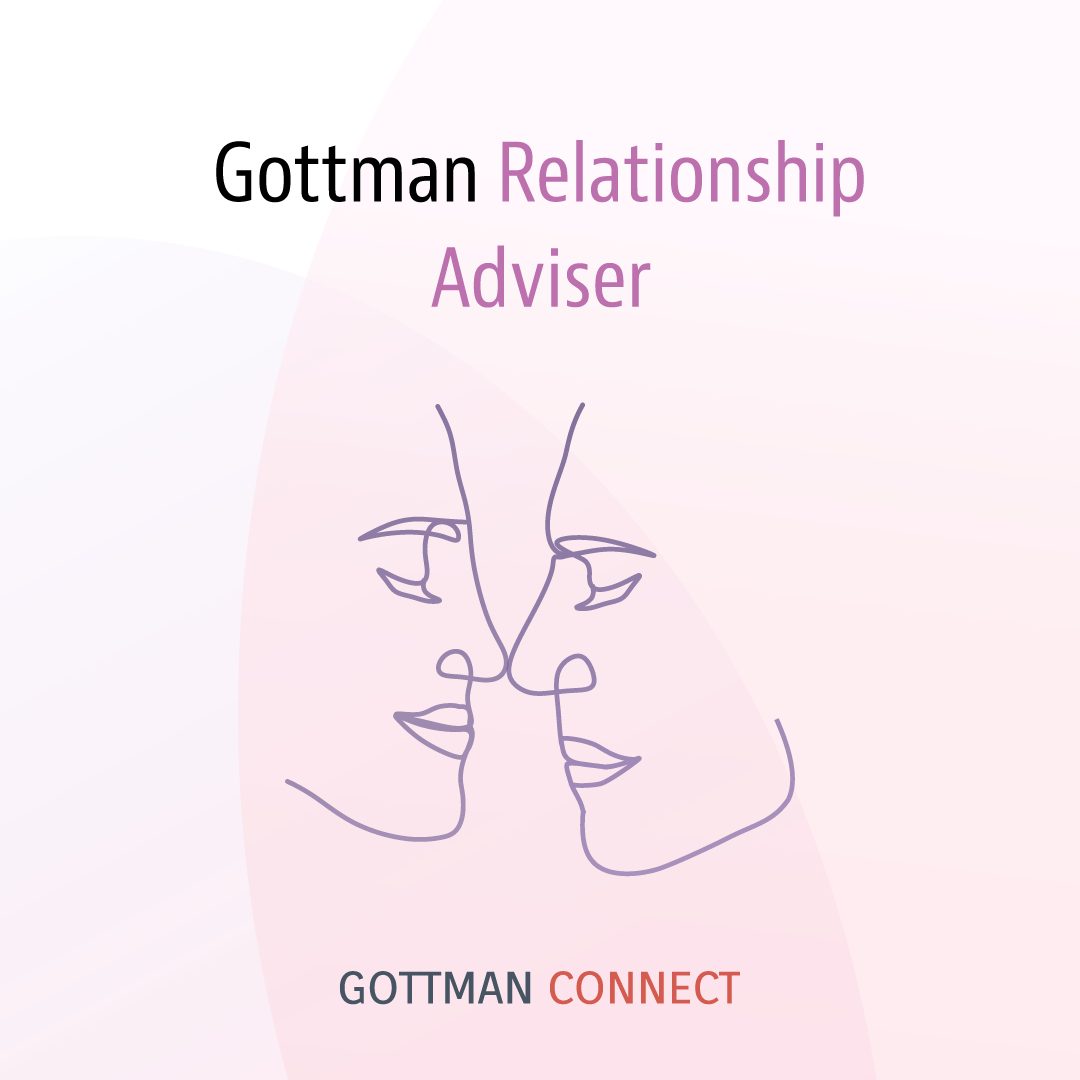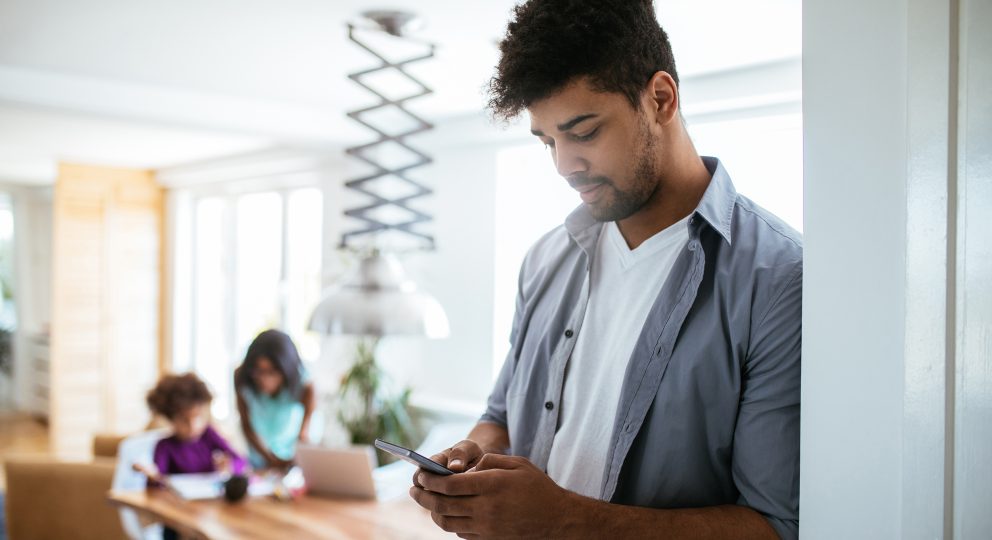“Jason was so upset!” Cecily’s face on my computer screen looked ashen. My client had requested a private meeting, seeking support for a recent event in her relationship that had filled her with fear and confusion.
“On the drive home he just kept repeating, ‘they are such idiots!’ He went on and on about my sister and her partner, discrediting their views on social distancing and the reopening of schools. He attacked their media influencers, and said they were ‘brain-washed by propaganda!’”
“I sat there dumb-founded, and I’ve been silent ever since. But now I really need your help! What do I do? Jason doesn’t know that I actually agree with them! And I can’t pretend that I agree with him.”
From my work with others over the past few weeks, I knew that Cecily wasn’t alone.
When cultural divisiveness affects your relationship
Some of my clients had shared their trepidation that divisiveness in our current culture was posing a threat to their partnerships.
“I was just trying to fly under the radar, and hoped our differences wouldn’t be pronounced, but as things are boiling over out there, I’m really scared. Can Jason and I ever get on the same page? Are we headed for disaster?”
She continued, “Since we’ve seen other things pretty much eye to eye in the past, I’m sure he just assumes we agree on issues around the pandemic. But I actually like some of the same news sources as my sister. I’ve had some great talks with her and other friends in this camp, and I think their views are wise.”
“So, now I think Jason and his camp are the misguided ones. And I’m surprised that he seems so dug in on his opinions. I can’t imagine that I could ever change his mind.”
As I listened to Cecily, and as I’ve heard others like her recently, I realized she was pursuing the wrong goal.
Do you need to be on the same page?
When differences of opinion arise, we often have a strong instinct to solve things by coming to an agreement. It might feel necessary that for the relationship to be ok, we need to be on the same page.
For this reason, some people aren’t ever comfortable taking a side, for fear of being misaligned with their partner. Others feel they can’t be in a relationship with someone who thinks differently. But these aren’t good strategies for creating a healthy relationship, which requires the thoughts, feelings, and needs of both people to be expressed and to hold value.
“Let’s redefine your goal,” I offered Cecily. “What if the goal is not to agree, but instead to see and be seen?”
We know from Gottman research that it isn’t agreement that makes couples happy. In fact, the happiest couples disagree on about 69% of issues, and possibly even core values like politics and religion.
What happens in the brain when we’re seen
What really helps us stay relationally connected is to experience being seen and heard, while also being accepted. This stimulates coherence in the limbic system, which is the emotional and attachment parts of our brains. In other words, when we’re aware that our inner reality is mirrored, known, and welcomed, it deepens our sense of belonging and security.
“What’s really scary to you now is that Jason doesn’t ‘see’ you,” I explained. “And since you know he doesn’t welcome your views, it’s registered as threatening to your limbic system, so you feel alarm signals going off.”
The repair for your relationship will happen when both of you are seen, heard, and still accepted in regard to your different positions on things.
I helped her start to stimulate this relational change by preparing to initiate a conversation. I always recommend starting with the simple “sandwich” approach for connecting around difficult topics. Sandwich your challenging message between two positive statements.
In Cecily’s case, she wanted to open this important dialogue with Jason by affirming him, and letting him know that she could see where he was coming from.
I helped her form an “I see you” statement with the following prompts: “What about his views make sense to you? You don’t have to agree or hold those views. But you know Jason better than anybody. You can imagine why these views appeal to his core values, and why he’d feel so strongly that he is right and others are wrong?”
Cecily was able to form an “I see you” statement respectfully validating what she knew of Jason. This would create a bridge of connection. It would give Jason the mirroring his attachment system needed to feel accepted.
“Now,” I coached her, “you can disclose your truth. You want to provide some reasons for your views, but you don’t need to make a big case for why you think and feel as you do right now.
Remember, you’re not trying to win an argument or even to get him to agree with you.
You just want to shine light into a neglected place right now. Your goal is to update him about yourself, and how you’re thinking about current events.
The power of ‘and’ & ‘we’
The magic word to transition from your “I see you” statement to your truth statement, is “AND.” “And” is a connecting word. Unlike “but” it doesn’t discount the other’s point of view. “And” is powerful linguistic cement. It’s able to hold two opposing views together in the same sentence, which is exactly what we need. Hearing Cecily’s truth linked to agreed-upon positives all in one statement would show this couple that this relationship can hold two opposing views together as well.
Cecily structured her simple truth statement, “ I see why you think ‘abc,’ AND I actually think ‘xyz.’”
She then completed her sandwich message with the positive affirmation, “Even though we disagree, there are valid points on both sides, and I think we can accept each other, even if our views don’t line up.”
This last statement makes another crucial affirmation. It distinguishes us from our views. It asserts that we are accepted, regardless of what opinions we hold.
I then suggested, “If you like, you can continue by asking Jason if there’s anything in your viewpoint that he can validate. Remind him that you don’t expect him to agree—but as he considers what he knows of you, can he see why you would hold that opinion? If he’s open, you can invite him to use the following questions to dive into a deeper dialogue.”
How to create a listening conversation
Here are a few questions we can all ask one another to create a listening conversation. Keep in mind that the purpose is to learn or update one another about your views. In order to keep out of the argument zone, it’s important to listen to your partner’s answers with skillful reflection and validation only. Be careful to hear one another out completely and not answer with a disputing position unless argument is a relational style you both tolerate well and enjoy.
- What feelings are you noticing in regard to the pandemic problems? (These can range from mild to severe; they can come and go, and vary. Examples: fear, worry, anger, dread, confusion, frustration, hope, concern, bewildered, lonely, detached, fed up, grieved, optimistic, torn,) Be sure to let your partner know that all feelings are valid.
- Who, if anyone, do you think has the best handle on the problems? And why?
- What makes sense to you about the policies of the people you want to follow?
- What deeper values of yours do those ideas appeal to?
- What do you hope will happen as a result of those plans/policies?
- What do you think might be missing from the policies of your side, if anything?
- What do you wish our community/society/world had done differently?
- Is there anything you wish you would have done differently?
- What are you planning to do going forward?
- How can I support you? (Even though I may continue to hold different views.)
When we consider that no person, ideology, or system is perfect from every angle, or will satisfy everyone, we can let go of rigid stances, even though we may hold strong feelings and opinions. We are all under a lot of pressure, but as we build bridges of validation that connect us, we also create the only hope we have to influence one another. Another important Gottman finding is that “to have influence, we need to accept influence.” And in order to work together, we need to regard where others are coming from. We can start by holding respectful space for those in our lives whose views may differ from our own.









